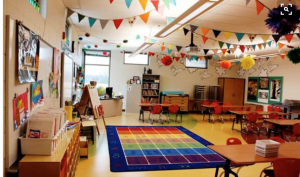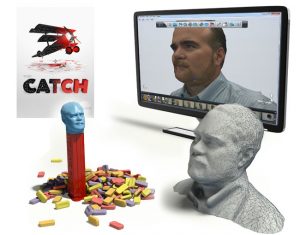Edison Robot

Subject: Digital Technologies
Year Level: F-6
Strand: Both Digital Technologies processes and production skills and Design and Technologies
Sub strand: The Edison Robots can be used across all ages and many strands and sub strands of the Western Australian Curriculum.
Link to the resource:
http:// meetedison.com
https://www.mindmeister.com/823700803#
Cross curriculum priorities and general capabilities:
Critical and creative thinking, Personal and social capability, Information and Communication Technology (ICT), Literacy, Numeracy
Links to other learning areas:
Science, Mathematics, English, The Arts
Interesting information about this resource:
Western Australia’s Scitech hold inexpensive Professional Learning workshops throughout the year which enable teachers to upskill themselves not only on the technology supplied by the Department of Education in the new technology kits but also more (ie Beebots, Dash and Dot robots, Edison robots, Makey Makey kits, Sphero robots, Hummingbird robotics kits, mBots, Lego EV3, LittleBits). Scitech workshops are often recognised by the Teachers Registration Board of WA as professional learning hours.
Qualified staff from Scitech will also attend schools and run incursions introducing the Edison Robots to the students and teaching them the basics.
Edison Robots have wheel encoders which allow Edison to travel specific distances at exact speeds. Edison is able to turn to specific angles (using EdPyApp.com) and drive straight. It has a clutch in each gear box that prevents damage to the gears if the wheels are forced around. It has long range obstacle detection and a clap sensor. Edison comes with graphical programming software (EdWare) and newer software is often realised to complement EdWare ie EdPy – a free Python based programming environment for Edison which is designed to introduce students to a written programming language.
Other features of the Edison Robots are:
- FREE robotics lesson plans
- FREE robotics activity mat
- FREE EdBooks
- LEGO® compatible
- Easy to use – suitable for all ages
A classroom activity using this resource:
Introducing the Edison Robots into the lower primary classes as a “toy” not only gains the students’ interest but it also enables the teacher to use computational language within the classroom in a less intimidating game situation. 
In small groups the teacher can guide the students to design a bulldozer using Lego pieces attached to the Edison Robot. Once designed and built they can then use the programming software (with the help of the teacher) to instruct the bulldozer to move extra Lego pieces from one area to another. Ideas are only limited by the imagination, you can even program it to do a drawing by attaching a pencil!
How to use this resource:
The Edison Robot can be purchased through https://meetedison.com, this site is also where information on using this resource is found.
The programming can be done using numerous free software applications and is easy to do due to the drag and drop graphical icons.
The robots are able to be updated with the free firmware updates that will fix bugs or add new functionality.





























